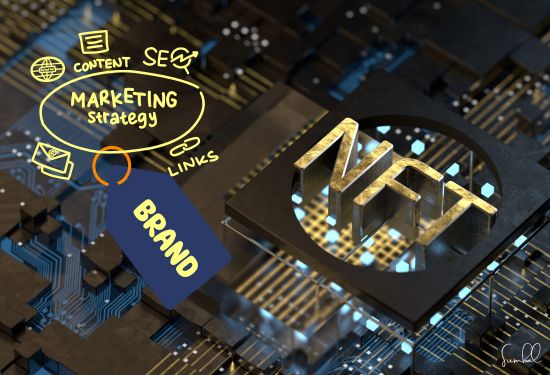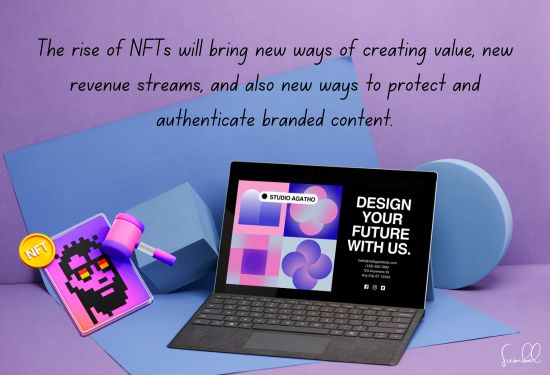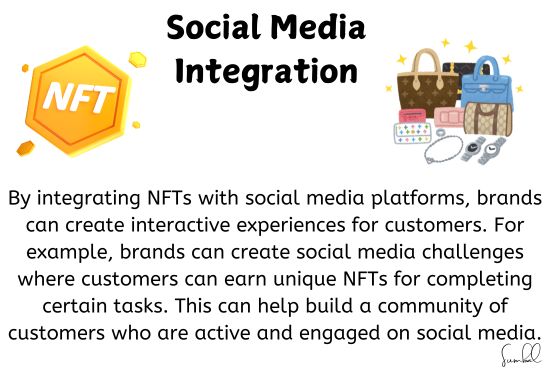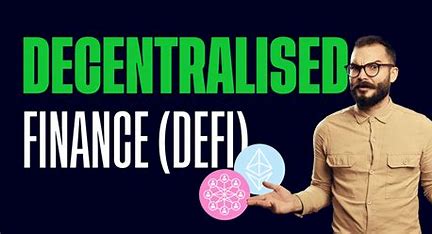In recent years, non-fungible tokens, or NFTs for short, have become increasingly common among digital art buyers and sellers and in marketing and branding strategies. Non-fungible tokens, which are encrypted and unique to each protocol, can potentially transform digital advertising. However, such added value will help brands differentiate themselves in a highly saturated environment and provide customers with exclusive content through NFTs.

What Are NFTs?
Digital items, such as music, art, virtual character avatars, virtual real estate, or physical assets, are referred to as NFTs, or blockchain-based digital assets. Since each NFT is distinct and cannot be traded for another, it is a real asset, unlike cryptocurrencies like Bitcoin. This uniqueness is supported by blockchain technology, which provides the credibility and visibility of the products.
Brands Using NFTs for Marketing
Brands have seen NFTs as a great opportunity to create unique customer experiences. They are effectively employing them as follows:
- Exclusive Content and Access: Brands’ most common use of NFTs is to give audiences access to a piece of content or a restricted experience. For instance, Gucci and Adidas have launched digital clothing and accessories as a series of NFTs limited editions. These products appear exclusive because they are exclusively made accessible to a specific kind of buyer. This exclusivity helps build brand loyalty and helps the consumer develop a closer relationship with the brand.

- Loyalty and Rewards Programs: Currently, businesses are using them as digital assets within their customer rewards initiatives. They reward customers with special access, timely discounts, or exclusive trials and events. For example, a restaurant might give NFTs to regular consumers, allowing one to access specified secret menus or attend unique events. Brands may go a step further and make these rewards more exclusive to increase engagement.
- Gamification: NFTs are also incorporated into brand campaigns where customers are encouraged to get or buy NFTs as tokens in interactive gameplay. These campaigns contain a challenge, a puzzle, or a digital scavenger hunt for NFTs. For instance, a brand might launch its NFT digital scavenger hunt in which customers can find limited-edition NFTs by interacting with the brand.
- Collaborations: Some brands collaborate with artists or NFT creators to create new products or services. These collaborations introduce creativity into conventional marketing campaigns and allow brands to gain followers of particular artists or those involved in NFTs. This can create awareness and even gain more nobility for the brand, especially with the growing generation that is so technologically inclined.

Enhancing Customer Engagement
NFTs are revolutionizing how some brands interact with their consumers. As opposed to conventional advertising strategies that target a broad audience, NFTs allow brands to constantly communicate with the buyers most interested in a particular product or service. NFTs are individual pieces of digital artwork that offer ownership access to consumers, something today’s consumers seek.
Brands need to provide scarce digital products, ultimately possessing individual appeal supported by tangible utility. NFTs also allow for a conversation or an opportunity for consumers to be connected and active within brands rather than simply being consumers.





